Is Silicone Really Eco-Friendly?
When it comes to living a more sustainable lifestyle, we’re always looking for alternatives that are kinder to our planet. Whether it’s swapping out plastic straws for reusable ones or choosing natural cleaning products, each decision brings us closer to a greener life. Lately, I’ve been getting a lot of questions about silicone: Is it really eco-friendly?
Should we be embracing silicone or avoiding it in our quest to go green? It’s a tough question that doesn’t always have a clear answer. However, I’ve done some digging to try to help you decide whether you should be using this product.
In this post, we’ll explore what silicone really is, how it’s made, and whether it’s a sustainable choice. Let’s break it down together!
What Is Silicone?
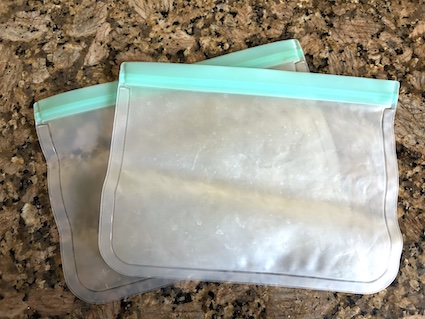

Silicone is a man-made material that has been gaining popularity in the world of eco-friendly products. But what exactly is it? Silicone is a synthetic polymer made from silica, which is derived from sand. This gives it a unique set of properties that set it apart from plastic and other common materials.
Unlike plastics, which are made from petroleum, silicone is created by combining silicon (a natural element found in abundance in the Earth’s crust) with oxygen, carbon, and hydrogen. This process results in a rubber-like material that’s flexible, durable, and resistant to heat, water, and UV rays.
Related: Is Bamboo Truly Eco-Friendly or Greenwashed?
As a result of these characteristics, silicone is used in a wide range of products, including kitchen utensils, food storage containers, baby bottle nipples, menstrual cups, medical devices, and even electronics.
One of the reasons silicone is often considered more eco-friendly than plastic is its longevity. It doesn’t break down into microplastics and can withstand extreme temperatures, meaning it won’t degrade or release harmful chemicals over time.
Is Silicone Toxic?
When it comes to the safety of the materials we use daily, especially those that come into contact with our food, bodies, or loved ones, it’s essential to know whether they might pose any health risks. Silicone is often praised for being non-toxic, but let’s dive into the details to understand why.
Non-Toxic Nature
Silicone is generally considered non-toxic, which is one of the reasons it’s commonly used in products like baby bottle nipples, baking mats, and even medical devices like implants and catheters.
Unlike some plastics, silicone doesn’t contain harmful chemicals like BPA (Bisphenol A), phthalates, or other endocrine disruptors that can leach into food or beverages. This makes it a safer choice for cooking, food storage, and other applications where it might be exposed to heat or consumed indirectly.
Heat Resistance
One of silicone’s standout features is its ability to withstand extreme temperatures without breaking down or releasing harmful substances. Whether you’re baking goodies or freezing something for later, silicone maintains its structure and doesn’t leach chemicals, making it a reliable option for kitchen use.
However, I do want to point out that one study found that siloxanes can leach into food, especially oily or fatty foods, with prolonged exposure to high temperatures above 300° F. At this point, we still don’t know if siloxanes have any health effects. Additionally, the quality of the silicone matters when it comes to leaching.
It’s important to note that not all silicone is created equal. When we talk about silicone being non-toxic, we’re usually referring to food-grade or medical-grade silicone.
Food-grade silicone is specifically designed to be safe for use with food and beverages, meaning it meets stringent safety standards. Medical-grade silicone goes even further, being used in implants and other devices that are in direct contact with the body for extended periods.
Fortunately, there’s a very simple way to judge the quality of silicone. Simply pinch, twist, or pull on the product. If it turns white, it contains plastic fillers and isn’t considered quality silicone. Pure silicone will never change color.
If you fall on the more cautious side and don’t want to take the risk, you might want to consider other types of non-toxic bakeware and non-toxic cookware.
Silicone and the Environment
While silicone itself is non-toxic, it’s worth mentioning that the production process involves chemicals and energy that can have environmental impacts. However, unlike some plastic products that can degrade and release harmful substances and toxic chemicals over time, once the silicone is made, it’s a stable material that doesn’t release toxins into the environment.
What About Off-Gassing?
Some people worry about off-gassing — the release of chemicals from a product, often noticed as a smell — when they first start using silicone products. New silicone items can have a slight odor, especially when first exposed to heat.
However, this usually dissipates after the first few uses and doesn’t indicate the release of harmful toxins. To minimize any potential concerns, you can wash new silicone products thoroughly and give them a few uses before relying on them for sensitive applications like baby feeding or food storage.
Overall, silicone is considered a safe and non-toxic material for everyday use. It’s particularly valuable in situations where you need a material that’s heat-resistant, durable, and stable. As with any material, it’s always a good idea to choose high-quality products, preferably those labeled as food-grade or medical-grade, to ensure you’re getting the safest option possible.
Is Silicone Biodegradable?


When we’re striving to live more sustainably, it’s important to consider not only how long a product lasts but also what happens to it at the end of its life. Biodegradability is a key factor in this equation, so let’s take a closer look at whether silicone meets this criterion.
Silicone’s Longevity
Silicone is incredibly durable, which is one of its biggest selling points. It doesn’t crack, melt, or degrade easily, even under extreme conditions. This longevity is great for reducing waste because silicone products don’t need to be replaced as often as their plastic counterparts.
In fact, most silicone products are designed to last a lifetime! Not only does this help you reduce waste, but it also saves you money in the long run because you won’t have to continue to buy new products again and again.
The Biodegradability Factor
To be biodegradable, a material must be able to break down naturally by microorganisms, returning to the earth without leaving harmful residues behind. Unfortunately, silicone is not biodegradable.
Silicone is made to be resistant to degradation, which means it doesn’t break down in a landfill or compost pile like organic materials do. Over time, silicone can take hundreds to thousands of years to break down completely. Even then, it doesn’t decompose in the same way natural materials do.
Environmental Impact
Because silicone isn’t biodegradable, it doesn’t offer the same environmental benefits as materials like wood, cotton, and other natural products. If silicone products end up in landfills, they’ll remain there for a very long time. This is why proper disposal and recycling of silicone products are so important.
The fact that silicone isn’t biodegradable might seem like a downside, but it’s not the whole story. While it doesn’t break down naturally, silicone is designed to last.
You’re meant to buy these products once and then use them for the rest of your life. The long lifespan of silicone products means these products can replace many single-use items, reducing overall waste.
Can You Recycle Silicone?
We’ve already discussed how silicone isn’t biodegradable, but is it recyclable? The good news is that silicone can be recycled. However, the process isn’t as simple or widespread as recycling other materials like glass, paper, or metal.
How Is Silicone Recycled?
Silicone recycling involves breaking down the material into its base components, which can then be repurposed into new products. The process usually starts with collecting and cleaning the used silicone items, which are then shredded into smaller pieces.
Related: Can You Recycle Plastic Clothes Hangers?
These pieces are processed through a special machine that breaks down the silicone polymer into its original form. This allows it to be reused in the manufacturing of new silicone products or other industrial applications.
Challenges in Recycling Silicone:
- Limited Facilities: One of the main challenges with recycling silicone is that the facilities capable of doing so are not widely available. Unlike more commonly recycled materials, silicone requires specialized equipment and processes to be properly recycled. This means that in many areas, there may not be local options for recycling silicone, which can lead to the material being discarded in landfills instead.
- Collection Difficulties: Because silicone recycling isn’t as widespread, it can be challenging to find places that accept used silicone products. Some specialized recycling programs or companies might offer mail-in options for silicone recycling, but these aren’t always convenient or accessible for everyone.
- Downcycling: Another consideration is that recycled silicone isn’t always used to create new, high-quality silicone products. Instead, it may be downcycled into lower-quality products or used in industrial applications where the material doesn’t need to meet the same standards as food-grade or medical-grade silicone.
Steps You Can Take:
If you have a silicone item that has reached the end of its useful life and you want to recycle it, there are a few steps you can take to ensure your efforts are as effective as possible:
- Check Local Recycling Programs: Start by checking if your local recycling facility accepts silicone. This information might not be readily available, so you may need to contact them directly to ask.
- Mail-In Programs: Some companies and specialized programs offer mail-in recycling for silicone products. One of my absolute favorite brands, Stasher, will take back their bags as part of their repurposing program. This is a good option if you don’t have local facilities that accept silicone. Just make sure you research these programs to ensure they’re reputable and environmentally responsible.
- Repurpose Before Recycling: Before you send your silicone items off for recycling, consider whether they can be repurposed or reused in another way. For example, old silicone baking mats can be cut into smaller pieces for use as jar openers or non-slip pads.
The Final Word: Is Silicone Eco-Friendly?
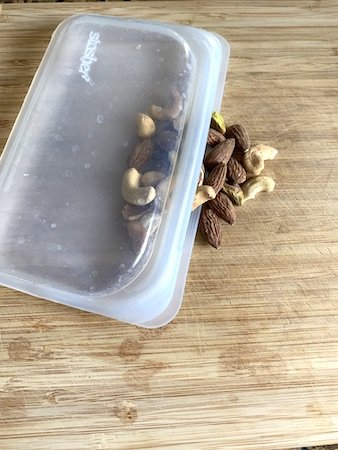

Determining whether silicone is truly eco-friendly can be a bit tricky because it depends on several factors. Let’s break down the pros and cons to get a clearer picture.
The Pros:
- Durability: One of the biggest advantages of silicone is its durability. Unlike plastic, which can break down and release harmful microplastics, silicone is incredibly resilient. It can withstand extreme temperatures, both hot and cold, and doesn’t degrade easily. This means that silicone products can last for years, reducing the need for frequent replacements and cutting down on plastic waste.
- Non-Toxic: Silicone is non-toxic and doesn’t leach harmful chemicals like some plastics do, even when exposed to heat. This makes it a safer choice for products that come into contact with food, such as baking mats and spatulas, as well as items for babies and children.
- Recyclability: While silicone isn’t biodegradable, it is recyclable. However, this process isn’t always straightforward. Specialized facilities are needed to recycle silicone, and unfortunately, they aren’t available everywhere. Still, the potential to recycle silicone is a positive aspect of its eco-friendliness.
The Cons:
- Energy-Intensive Production: The process of silicone production is more energy-intensive than some other materials. While it’s derived from silica, which is abundant, the transformation from raw silica to silicone involves significant energy and resources. This raises concerns about the overall carbon footprint of silicone products.
- Limited Biodegradability: Silicone’s durability is both a blessing and a curse. While it means that silicone products last longer, it also means they don’t break down in the environment. If not properly recycled, silicone can contribute to long-term waste.
- Recycling Challenges: As mentioned earlier, while silicone can be recycled, the lack of widespread facilities to do so is a significant drawback. Many silicone products may end up in landfills simply because there aren’t enough recycling options available.
So, is silicone eco-friendly?
Silicone falls into a bit of a gray area. On one hand, its durability and non-toxic nature make it a more sustainable choice compared to single-use plastics. On the other hand, its production is resource-intensive, and the lack of recycling options is a major hurdle.
If you’re considering using silicone, it’s important to weigh these factors and consider how you plan to use and dispose of the products. In many cases, silicone can be a better option than plastic, especially if you’re able to use the products for a long time and recycle them when they reach the end of their life.
Should You Choose Silicone for Your Sustainable Lifestyle?
Silicone is a bit of a mixed bag when it comes to eco-friendliness. On one hand, its durability, non-toxic nature, and ability to replace single-use plastics make it an appealing choice for those of us looking to reduce our environmental impact. Products made from silicone can last for years. Additionally, they don’t release harmful chemicals into our food, water, or the environment, which is a huge plus.
However, silicone isn’t without its drawbacks. Its production is energy-intensive, it’s not biodegradable, and recycling options are still limited in many areas.
While it’s certainly a better option than many traditional plastics, it’s not a perfect solution. If you’re committed to living sustainably, the key is to use silicone mindfully — choosing high-quality, long-lasting products and seeking out recycling options when possible.
In the end, silicone can be a valuable part of an eco-friendly lifestyle, especially when used to replace less sustainable materials. But like with any material, it’s important to consider the full life cycle when making your choices. As we continue to push for more sustainable solutions, we can hope that the processes and infrastructure for recycling and reusing silicone will improve, making it an even more viable option for a greener future.
More Helpful Tips on Eco-Friendly Living
Did you enjoy learning about whether or not silicone is eco-friendly? Are you searching for additional tips that can help you live a more sustainable life? Then please be sure to take a look at some of our other popular posts:
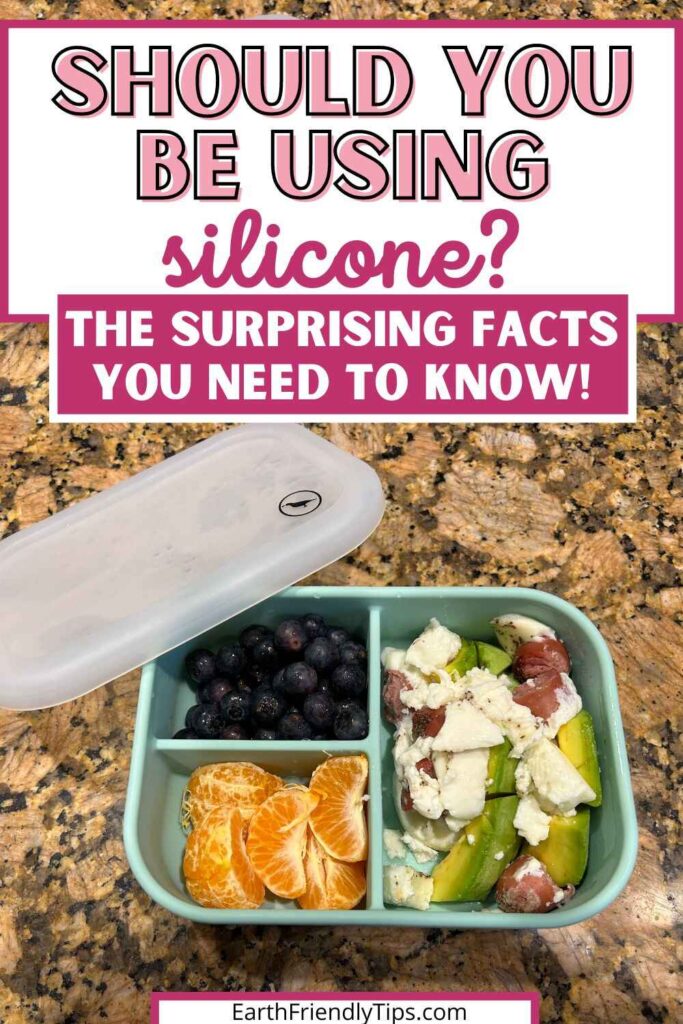

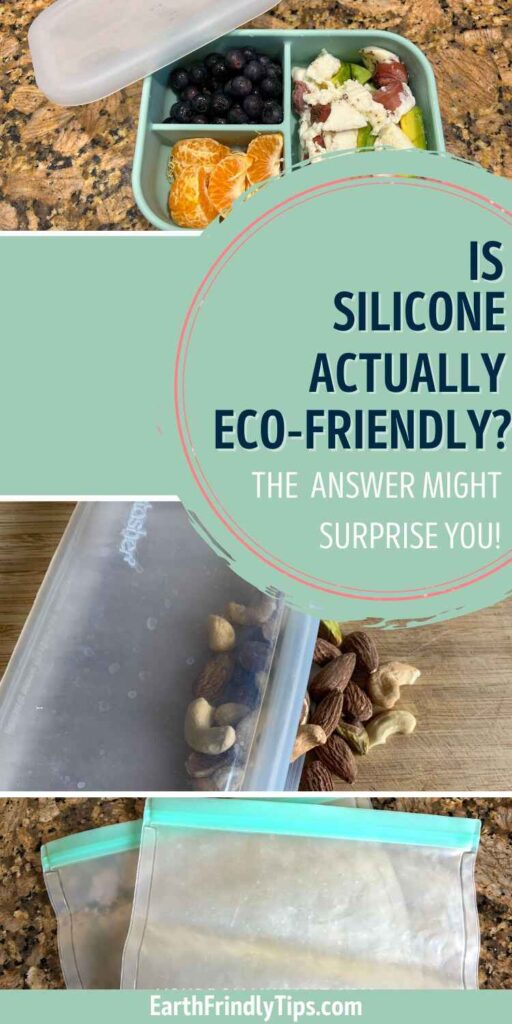

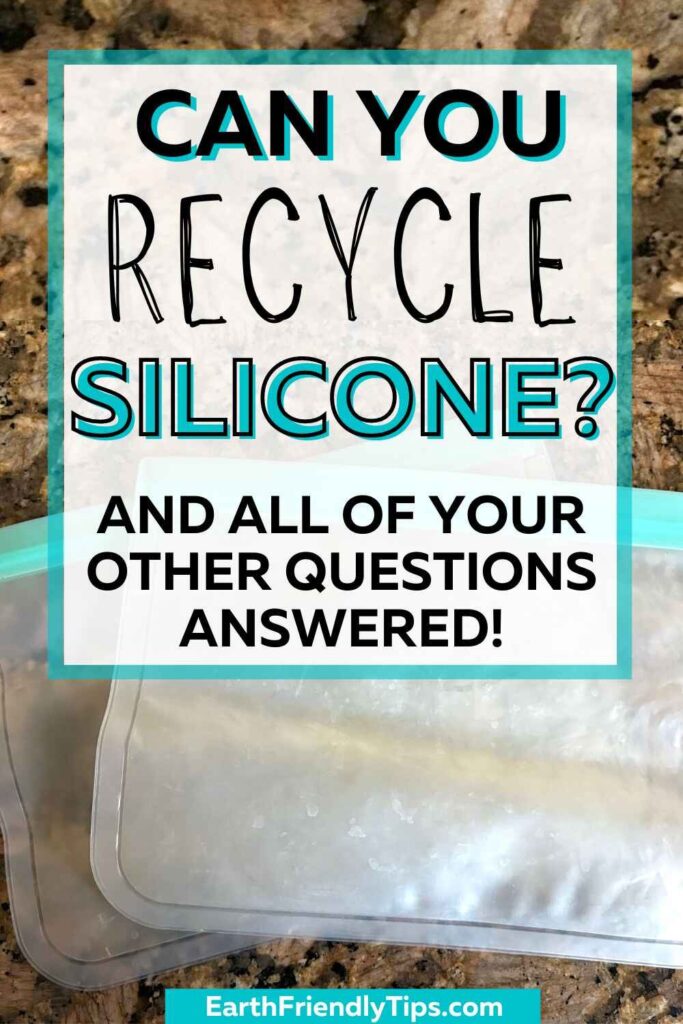

Leave a Reply